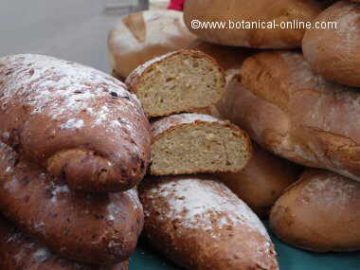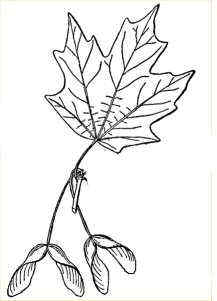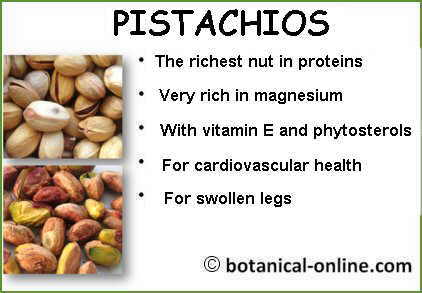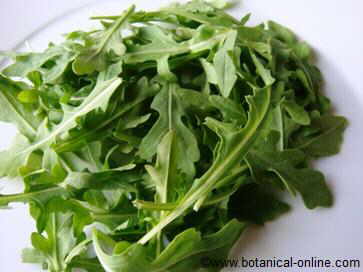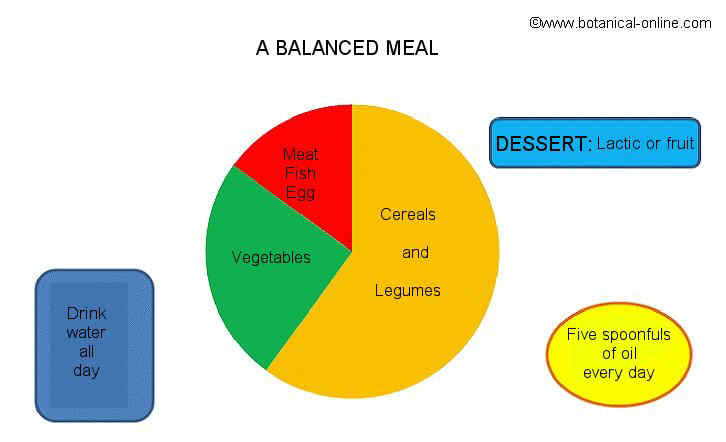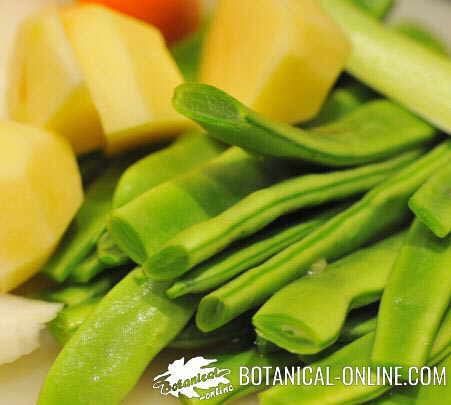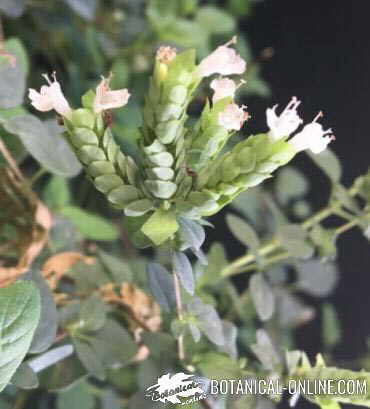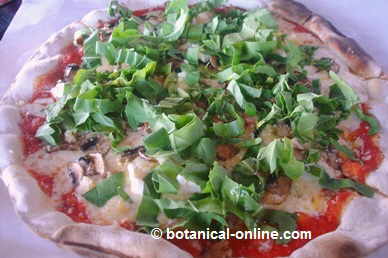Non-wheat bread types
Other types of bread
- Millet bread: It is made mainly in many Asian countries in the form of flatbreads. Its use is becoming more popular in western countries.

Millet bread - Triticale bread: Triticale is a cereal that results from crossing wheat with rye. It is mainly used to feed livestock. When bread is made from this cereal flour, it is usually mixed with wheat flour to increase its fluffiness and make it more palatable, since the one made exclusively with triticale flour is very rubbery.
- Corn bread: From corn flour, whole or refined, bread can be made if it is combined with wheat flour. (Corn lacks gluten, so you cannot use this type of flour as an exclusive ingredient in the manufacture of bread if it is not combined with other bread flours (wheat, barley, rye or oats). This does not imply that it is not a staple “bread” in some cultures that use different techniques to improve its digestibility.
- Rice bread: Refined rice flour is a substitute for the flour of other cereals with gluten to make special breads for people with gluten intolerance.
- Spelled bread: Spelled is a type of primitive wheat (Triticum spelta). Its flour is not used much due to the difficulty it presents in separating the seed from the protective layers. However there are preparations made with flour from this cereal that, although it contains gluten, seems to be more tolerable than that of common wheat or other cereals with gluten.
Types of bread made without cereals
- Potato bread: Dried and dehydrated potato flour is added to bread in a maximum proportion of 3% to increase volume and water retention and prevent it from becoming stale over time.
- Quinoa bread: Quinoa is the seeds of an Andean plant (Chenopodium quinoa). These seeds, very rich in protein, iron and potassium, can be ground to obtain a flour that can be added to wheat in order to produce bread. This bread does not contain gluten.
- Buckwheat bread: Buckwheat are species of two possible herbs (Fagopyrum esculentum or Fagopyrum tatanicum) of two plants belonging to the polygonaceae family, such as sorrel or rhubarb. The triangular seeds of the buckwheat are used as if they were cereal seeds. They can be cooked or ground into flour. The flour formed from these seeds is prepared in Eastern countries, especially Russia and Japan, for making bread. This bread does not contain gluten.
![]() More information on bread and wheat
More information on bread and wheat
This article was endorsed by Elisenda Carballido - Dietitian nutritionist. Postgraduate in Phytotherapy and master in Nutrition and Metabolism.

